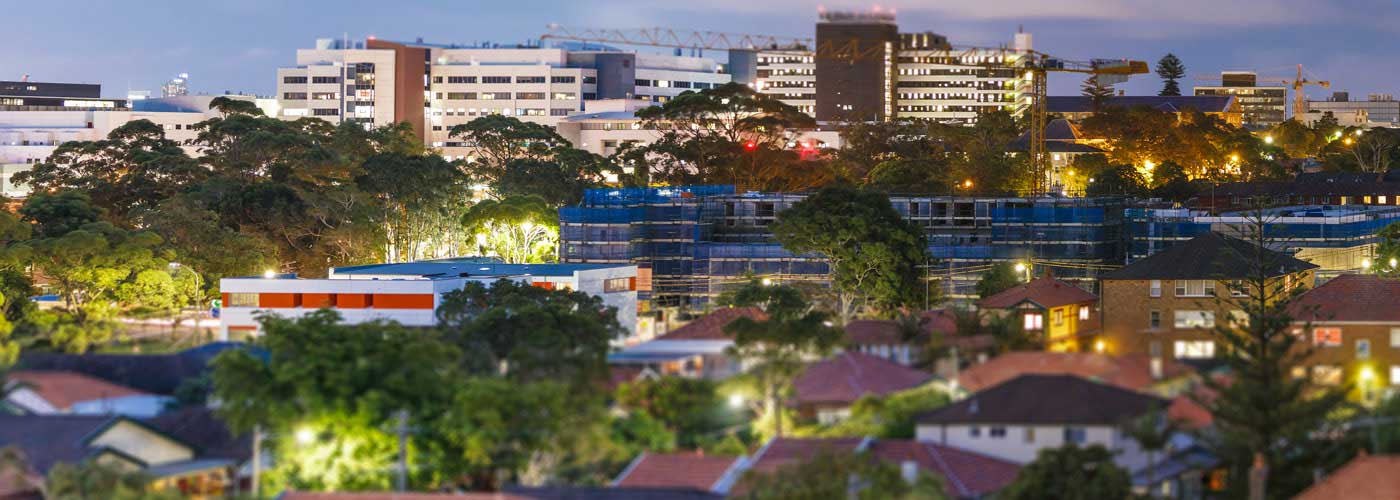Awning safety
Many shops and commercial buildings have awnings that overhang a public footway or other public space. It is important that these awnings are adequately maintained to avoid any collapses.
Building owners are responsible for awnings attached to their buildings
Therefore, building owners should have awnings inspected and maintained regularly.
Things building owners can do:
Awnings may look fine on the outside but could have rust and corrosion on the inside or on the supports. This may cause the awning to fail.
Here are a few things that building owners and managers can do to reduce the risk of an awning collapsing:
- have awnings checked regularly by a qualified person, such as a Professional Engineer or other suitably qualified person to ensure that the awning is structurally sound.
- remove leaves and debris from gutters and ensuring that the awning drainage system is working effectively.
- ensure that the lining on the underside of the awning is in a good condition.
- maintain the awning in a good and safe condition.
- check to see if the tie-rods and anchor-plate are securely attached to the building.
The NSW Department of Planning has also issued two Planning Circulars which provide further information about the safety of building awnings, including a Practice Note ‘Inspection and Assessment of Existing Tied Awnings’:
BS 13 - 001 (issued 8 March 2013) - Safety of awnings over public lands
BS 17 - 001 (issued 10 May 2017) - Safety of awnings over public lands
Building owners are encouraged to have their awnings inspected and maintained on a regular basis to reduce the risk of awning collapse.
In particular, awnings more than 10 years old are more susceptible to failure or require maintenance work and they should be inspected on a regular basis, by a professional engineer or other suitably qualified building consultant, to ensure that the awning is safe and structurally adequate.
Prior to undertaking any works to an awning (other than general minor repairs and maintenance works), building owners or managing agents should also contact Council to ascertain if any necessary approvals are required to undertake the works (e.g. to demolish or replace an awning or to undertake any works on or above the footpath or other public area).
